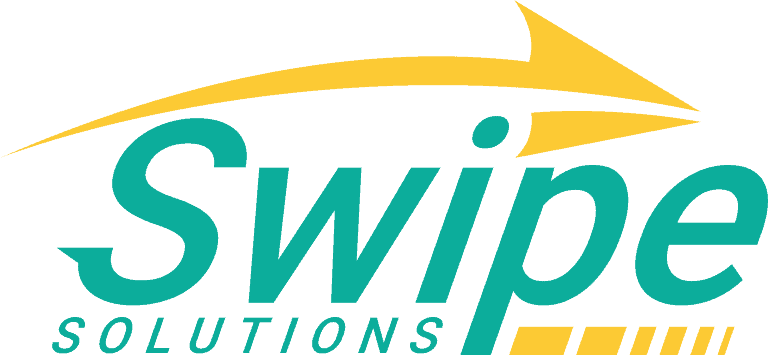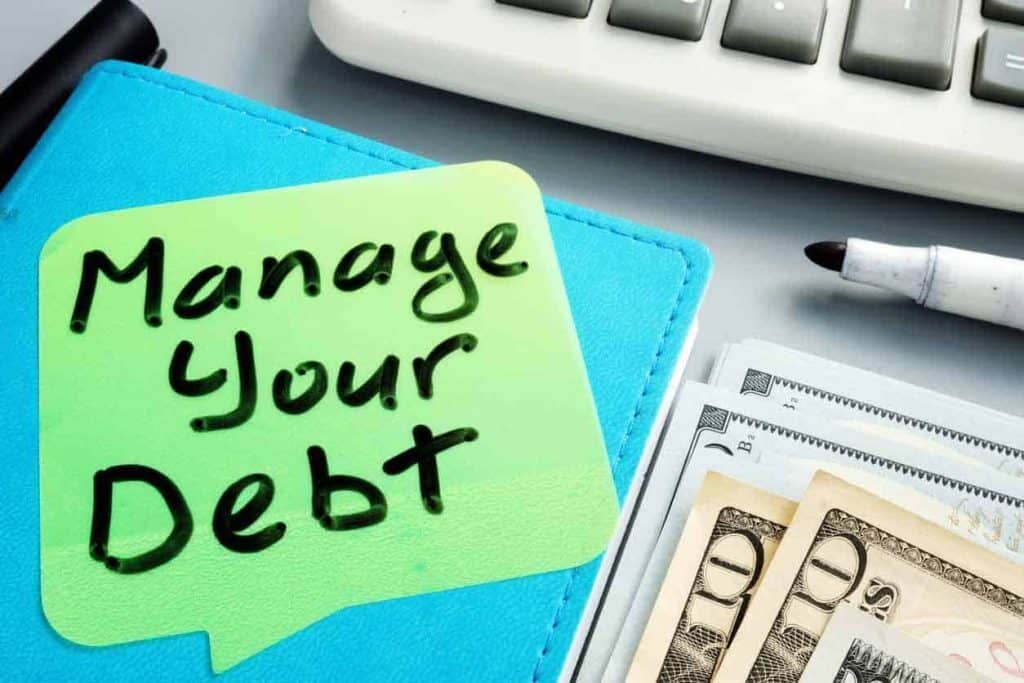Many homeowners are carrying several types of debt, and it can be overwhelming. Along with their mortgage debts, they may also have student loan debts, credit card debts, medical debts and personal loans. The interest rates on these other debts can be much higher than their mortgage interest rates, and mortgage interest can be tax deductible, so refinancing their loans to pay off the bills looks like an attractive option. Homeowners must consider several things before they decide that refinancing is the right thing to do.
What Does “Refinance” Mean?
Refinancing means that homeowners will apply for a new mortgage loan that will replace their first mortgage loans. When they do this, they may negotiate the best terms for their current situations. For example, they may choose a different type of interest rate, how long they need the loan to last and whether or not they will pay closing costs. Refinancing also gives homeowners the opportunity to obtain cash for expenses, such as the debts mentioned above.
Types of Refinance Mortgages
Cash-Out Refinance: The cash-out refinance offers homeowners the chance to lower their mortgage interest rates. They can even shorten their loans from 30-year to 15-year loans. The difference between the new loans and the original loans is that the new loans will be for a larger amount of money. In general, the balances on the new loans will be at least 5 percent higher than the balances on the original loans.
After being approved for this type of loan, homeowners will have the funds to repay their original loans, but they will be able to keep the difference between the amount of the original loan and the amount of the new loan. This is one way that homeowners can obtain money they need to pay of high-interest debts.
Rate-and-Term: Refinancing into a rate-and-term mortgage loan will only affect the loan’s terms and/or the mortgage interest rate. With this option, homeowners will be able to change their mortgage loans’ terms from 30 years to 15 years. They can also lower their mortgage interest rates. For example, they could keep their 30-year terms but lower their 6 percent mortgage interest rates to 4.5 percent mortgage interest rates.
This type of loan allows homeowners to obtain a sum of cash, but the amount would be limited to a maximum amount of $2,000.
The Mortgage Interest Rate

In order for a cash out refinance to be worthwhile, the mortgage interest rate must be lower than the interest rates on the other debts. In general, mortgage interest rates are lower than interest rates on credit cards and other types of loans. By refinancing, homeowners can repay their high-interest rate debts right away and pay their lower interest rate mortgages over a longer period of time.
Borrowers’ Credit Scores

The mortgage interest rate is going to depend on the borrowers’ credit scores. If the lenders learn that their applicants have very high credit scores, they will be happy to consolidate their debts. If not, it will be difficult to find a lender to agree to consolidate these debts. They may find a lender who will grant them a loan, but the lender will charge a very high mortgage interest rate.
The best time to consolidate debts is if the new mortgage interest rate is going to be one to two percentage points lower than the homeowner’s current mortgage interest rate.
An Example
A homeowner has $15,000 in debt with an interest rate of 18 percent. After refinancing, the mortgage interest rate is reduced to 4 percent. The new minimum monthly payment would be $72; the previous payment was $300. In total, the homeowner would pay $10,780 in interest over the life of the loan, but if the homeowner decides not to consolidate, he would pay $12,934 in interest.
Refinancing is preferable because it reduces a homeowner’s debts to one so that she only needs to make one payment every month. This may not be the best plan if the new loan’s terms are going to be a lot longer than the terms on the current mortgage. A homeowner may only have 10 years left to pay her mortgage in full. If this homeowner refinances into a 30-year mortgage loan, she is going to be paying a lot more in interest over the life of the loan. In addition to that, she will have to make mortgage payments for 20 more years rather than 10 more years.
Refinancing helps people manage their finances better and keeps them from falling into debt again, but they also must consider other factors before refinancing.
The House Is at Risk

Credit card debts and some loans are unsecured debts. This means that creditors will not be able to seize the homeowners’ property if they default on their loans. In contrast, refinancing would mean that the house will be placed as collateral for the loan, but after refinancing, the new mortgage payment may be higher than the current payment. If the homeowners cannot afford to make these payments, the lender would have the right to foreclose.
Delinquencies or Foreclosure?
If a homeowner is having trouble making the payments on her credit card and other debts, she may have several delinquencies on her credit reports. Some creditors may even send these accounts to collections agencies. These events cause homeowners’ credit scores to go down, but a foreclosure would cause even greater damage. In addition to that, after homeowners have been able to pay their credit card and other debts in full, many found that they were tempted to start adding new charges to their credit cards. If homeowners cannot comfortably pay their debts and keep from spending more than they can afford to spend, refinancing may not be a good idea.
The opposite may be true as well. Monthly payments could be much lower, but this is something that a homeowner must know before refinancing.
The Home Equity Line of Credit or HELOC
Homeowners may not relish the idea of offering their houses as collateral for a new loan, but they still need to find a way to pay their high-interest debts. They have another option that they may be able to qualify for, and it is the “HELOC.” The HELOC is known as a “second mortgage” with its own terms and schedule of repayment. This option gives homeowners a line of credit from which they can borrow when they need funds.
With the HELOC, the lender determines the maximum amount that homeowners may borrow based on the equity in the home. The homeowners will have a “draw period” during which they will be able to make withdrawals when they are needed. This period usually lasts 10 years. At the end of the draw period, the homeowners continue to make monthly payments to repay the loan, but they cannot make any more withdrawals at this point. Most homeowners will have 20 years to repay their loans.
Repaying the HELOC
Repayment may be very easy for homeowners with HELOCs. While they are in the draw period, the monthly payments may be very low because they will be interest-only payments. After the draw period is over, homeowners will need to make amortizing payments that will be larger but will pay off the debt.
When borrowers start to make amortizing payments, the majority of the money goes toward the interest. After a certain amount of time has passed, the majority of these payments will begin to be applied toward the principle.
Upfront Fees
Refinancing requires that homeowners pay upfront fees, and if the fees are extremely high, refinancing may not look like a good option. The best way to find the lowest fees is to shop around for a HELOC because these loans tend to come with the lowest interest rates. Depending on the type of loan, homeowners may pay hundreds of dollars or even thousands of dollars for refinancing. The loan with the lowest fees will, most likely, be the one with the cash out option.
Refinancing will require that homeowners pay closing costs and fees that can be between 2 percent and 5 percent. Some lenders may offer homeowners the “no-cost refinance mortgage loan,” but a “no-cost loan” doesn’t really exist because lenders will find a way to force their borrowers to pay closing costs and other fees. For example, many lenders agree to pay these closing costs and fees, but they charge higher interest rates in return.
If at all possible, these costs need to be rolled into the new loan, or refinancing may not be worth the trouble.
The Home’s Equity
Homeowners will only be able to replace their mortgages with a home equity line of credit or other loan if they have sufficient equity. In most cases, lenders will not approve a home equity loan if the amount the homeowners are asking for is higher than 80 percent of the home’s value. Some lenders will allow homeowners to borrow up to 97 percent of the home’s value, but in these cases, the homeowners will need to pay private mortgage insurance or PMI. The best chance that homeowners have to be approved for these types of second mortgages is if they have at least 20 percent equity in their homes.
Refinancing is an excellent plan if the value of a homeowner’s house has gone up. For example, the values of the homes in a neighborhood have gone up so that one particular house is worth $250,000. The homeowner owes $100,000 on his current loan, and he could qualify for a new consolidation loan for $120,000. The homeowner can put $20,000 toward credit card and other debts while $100,000 goes toward the remaining balance on the homeowner’s current loan.
An Example
Before the housing crash occurred, housing prices were inflated, and homeowners took advantage of that by refinancing for large sums of money. After the crash, housing prices came tumbling down, so these homeowners owed more for their houses than their homes were worth. This is what it means to be “underwater.”
If homeowners are underwater, it may not be possible for them to sell their homes when they would like to do so. That’s because they would not be able to sell their houses for the prices they were worth when they purchased their homes. For example, they may have a $500,000 mortgage, but they can only sell the house for $300,000 because property values have gone down. They would still need to pay the lender the excess $200,000, and this may place them in serious financial difficulties.
Before moving forward, the best plan is to learn the current housing prices and trends in order to avoid this scenario.
Homeowners May Want to Sell their Houses

If a homeowner is going to want to sell his home in the near future, he must know when the breakeven point will be before consolidating his debts. The breakeven point is the amount of time the homeowner needs to recoup his closing costs. Since closing costs are between 2 percent and 5 percent of the loan amount, several years may need to pass before he reaches the breakeven point. Refinancing will not be a good thing to do if the homeowner is going to need to sell the house before the breakeven point arrives.


